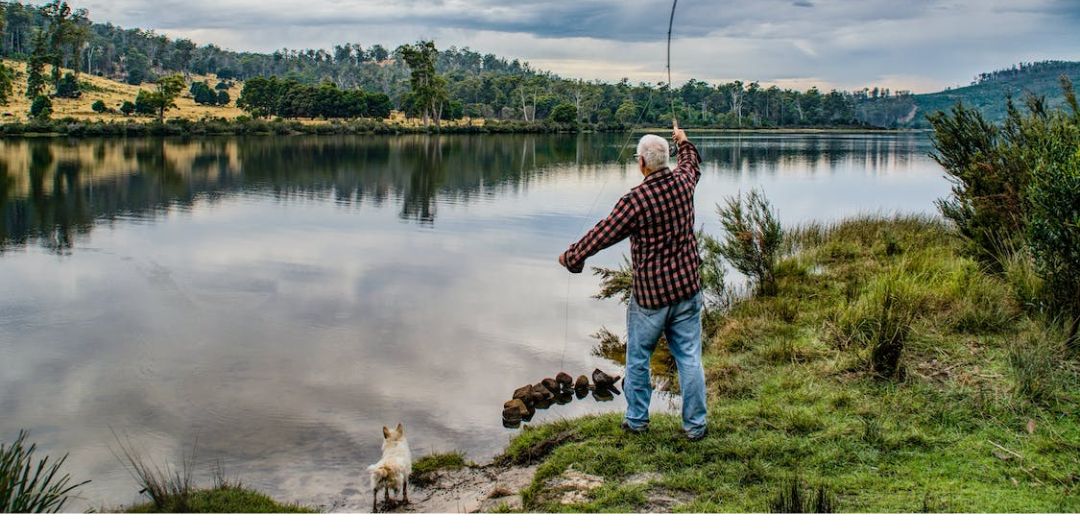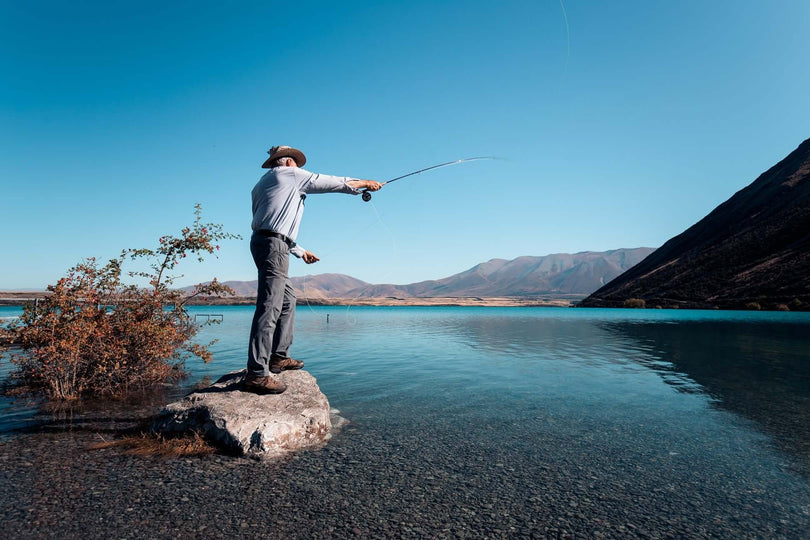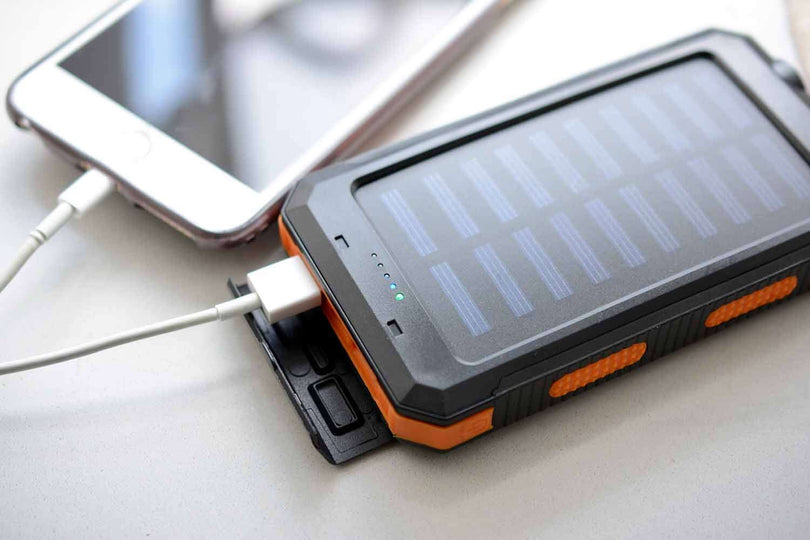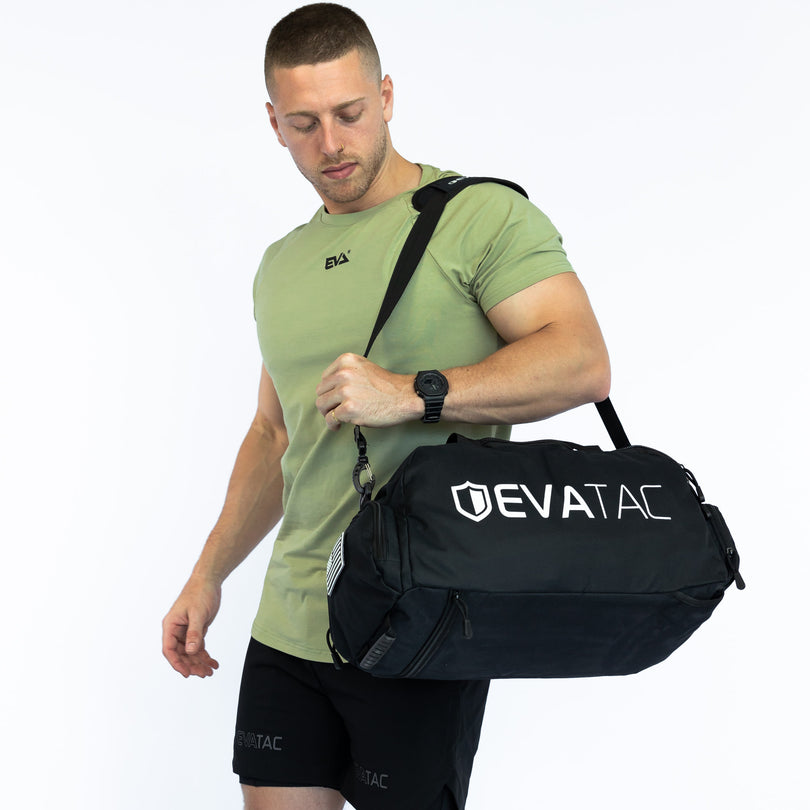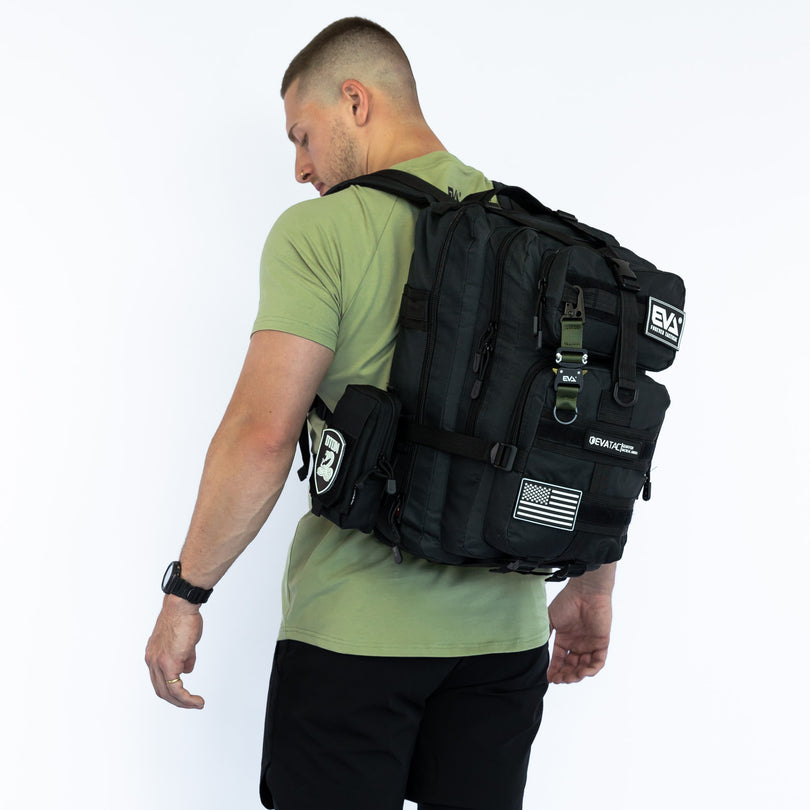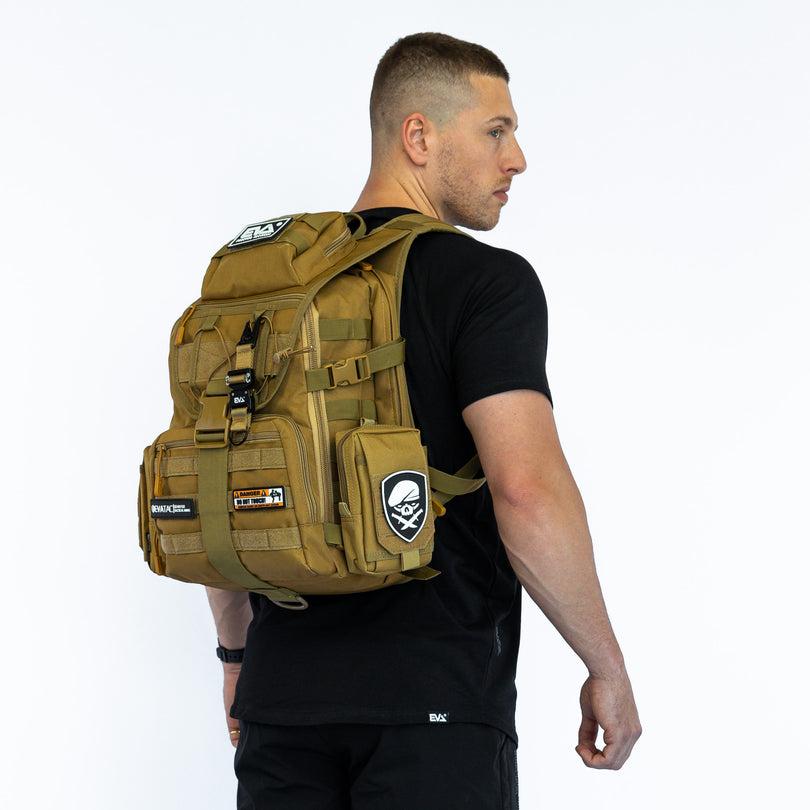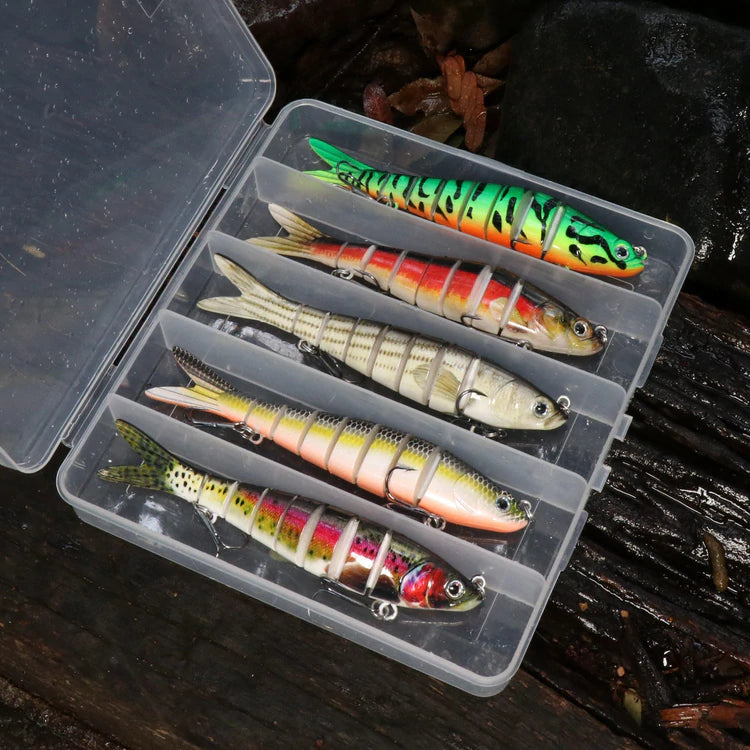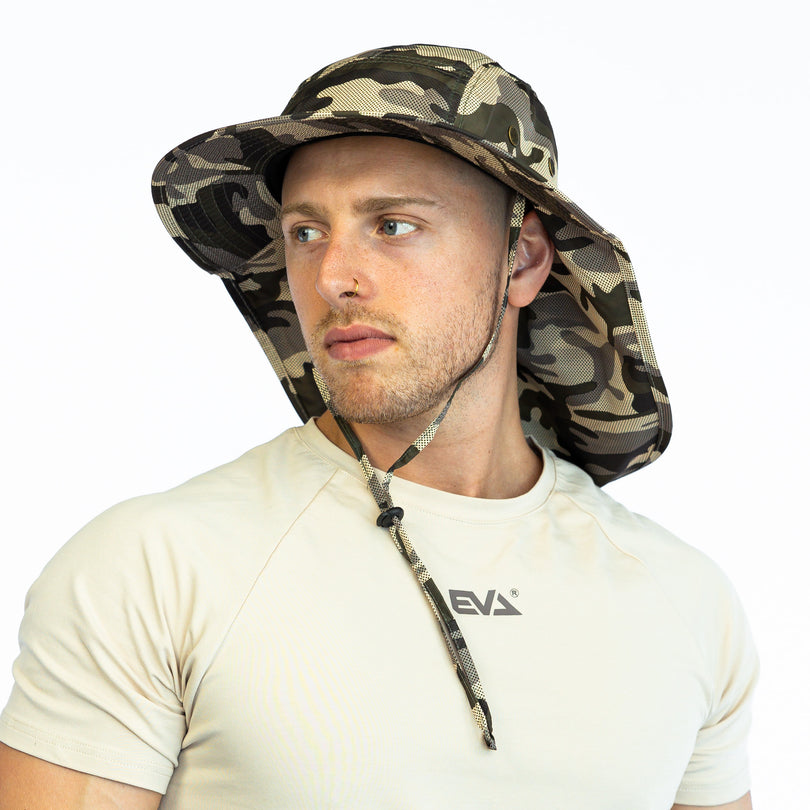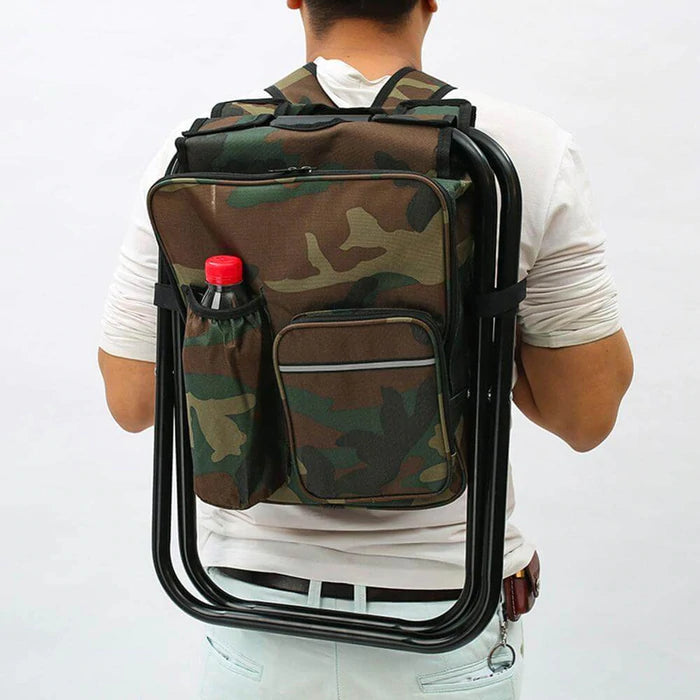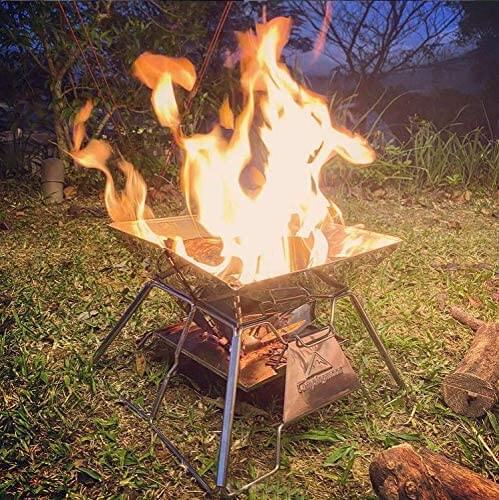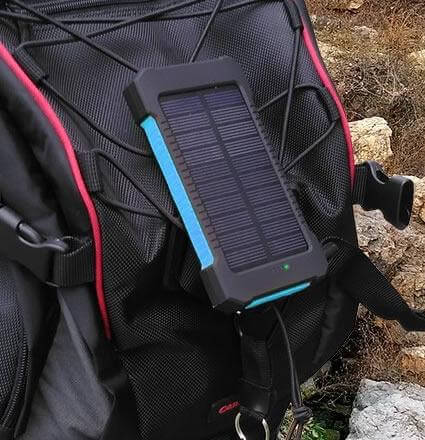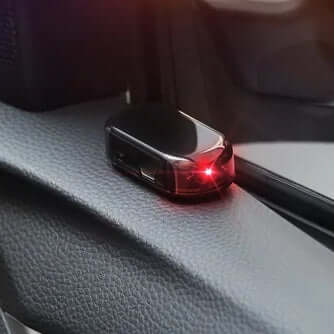Cod can be a tricky fish to catch, but with the proper surface cod lures and some tips and tricks, you'll be reeling them in like a pro! In this blog post, we will cover everything from what type of lures work best to where you should be fishing. We'll also give you some helpful tips on how to land that big cod! So, whether you're a beginner or an experienced fisherman, read on for all the information you need to start catching more cod today!
What Are Surface Lures Good For?
As their name suggests, surface lures are designed for fishing on or near the surface of the water. They are often used to target fish that are feeding on baitfish or other small creatures near the top of the water column. Surface lures can be very effective at catching Murray cod, particularly when they are actively feeding.
Surface fishing lures come in a wide variety of shapes, sizes, and colours, so it can be tricky to know which one to choose. When selecting a surface lure for Murray cod fishing, it is important to consider the size, weight, and action of the lure. You also want to make sure that the lure you choose is appropriate for the type of water you will be fishing in (i.e., deep, shallow or slow-flowing water).
To consistently catch big cod, surface cod lures are the way to go! They are mostly used for trolling or casting and can be very effective when used with the proper techniques. When trolling, on the other hand, you will want to use a lure that is heavy enough to sink down into the strike zone where the cod are feeding.
When it comes to surface fishing, the best way to determine the depth of the cod strike zone is by using a fish finder. Once you have determined the depth of the strike zone, you can select a lure that will sink to that depth.
If you are persistent in wanting to target Murray cod, surface lures can give you the best chance of success. Now that we've covered what surface lures are and how to use them, let's take a look at some of the different types of surface cod lures that are available.
Now that you know what surface lures are good for, it's time to choose the best surface lure for cod fishing!
What Is The Best Lure To Catch Cod?
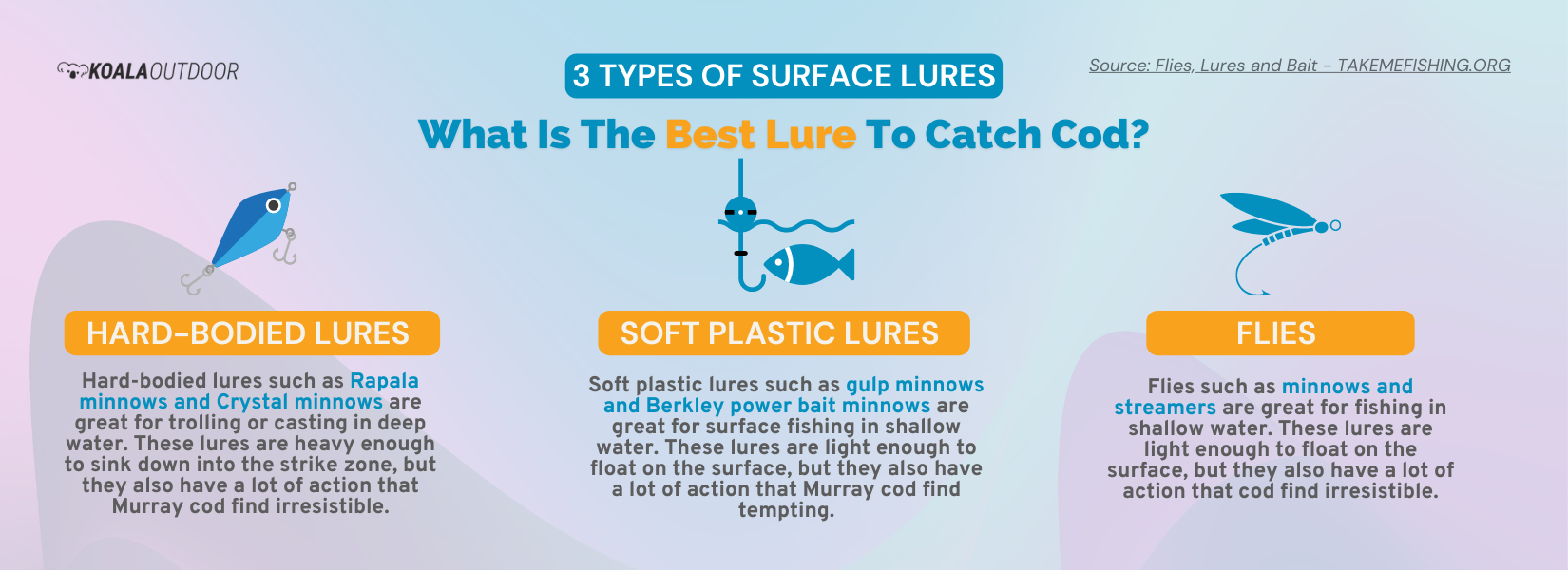
There are a few different types of surface fishing lures that can be used to catch a mighty Murray cod. The most common are hard-bodied lures, soft plastic lures, and flies. To quickly remember the differences, hard-bodied lures are usually made of wood or plastic and have a metal lip that gives them weight and causes them to swim in a particular way when retrieved. Conversely, soft plastic lures are made of soft plastic and usually have a metal or plastic jig head, while flies are usually made of feathers or synthetic fur materials that are tied to a hook and designed to imitate small insects or baitfish.
When choosing the best lure to catch Murray cod, it is important to consider the type of water you will be fishing in, the size of the fish you are targeting, and the type of baitfish that cod are feeding on. For example, if you are fishing in deep water for large cod, you will want to use a larger lure with a heavier jig head. If you are fishing in shallow water for smaller cod, you can use a smaller lure with a lighter jig head.
Each type of lure has its own advantages and disadvantages, so it is important to experiment with different types of surface fishing lures to see what works best for you.
Some of the best lures for catching cod include:
Hard-bodied lures
Hard-bodied lures such as Rapala minnows and crystal minnows are great for trolling or casting in deep water. These lures are heavy enough to sink down into the strike zone, but they also have a lot of action that Murray cod find irresistible.
Soft plastic lures
Soft plastic lures such as gulp minnows and Berkley power bait minnows are great for surface fishing in shallow water. These lures are light enough to float on the surface, but they also have a lot of action that Murray cod find tempting.
Flies
Flies such as minnows and streamers are great for fishing in shallow water. These lures are light enough to float on the surface, but they also have a lot of action that cod find irresistible.
Compared to other surface lures, these three types of lures are the most effective for catching cod because of their weight, action, and ability to float on the surface.
Now that you know what the best lure is to catch cod, it's time to learn some tips and tricks on how to fish with surface lures!
Where to Fish for Cod?
Cod are found in a variety of habitats, from inshore waters to offshore waters. Inshore, cod can be found near reefs, drop-offs, and other structures. Offshore, cod can be found in deeper water near ledges, banks, and other areas with a lot of baitfish.
When choosing a spot to fish for cod, it is important to consider the type of water you are fishing in (i.e., deep or shallow), the type of structure you are fishing around (i.e., reef or drop-off), and the type of baitfish that cod are feeding on. For example, if you are fishing in deep water for large cod, you will want to fish around ledges or banks where there is a lot of baitfish. If you are fishing in shallow water for smaller cod, you can fish around reefs or drop-offs where there is a lot of baitfish.
Some of the best spots to fish for cod include:
Reefs
One of the great spots to fish for cod is reefs because they provide a lot of structure for the fish to hide in and ambush their prey. Reefs are also a great place to find baitfish, which is what cod feed on.
Drop-offs
Drop-offs are usually the best places to fish for cod. The drop-offs are where the cod congregate to feed on the baitfish that are attracted to the light. When fishing in drop-offs, the best time to catch cod is at night when they are feeding.
During the day, they will often be found in deep water near ledges and structures. They will also be found in shallow water around weed beds and in estuaries during the spawning season.
Banks
Banks are also great places to fish for cod during the day. The reason being is that the baitfish are attracted to the light and will often be found near the surface. Cod will follow the baitfish up to the banks to feed on them.
Ledges
Another great fishing spot is ledges. These are usually found in deep water and are great places to find baitfish. More so, ledges offer anglers the chance to fish for multiple species of fish. When fishing ledges, it is important to use a heavier line and sinker. This will help you get your lure down to where the big fish are biting.
If you are in search of a small creek cod, then the best time to fish is during the day in springtime.
This is when they are spawning and can be found in estuaries. Small creek Murray cod can also be found in shallow water around weed beds feeding on small baitfish.
However, if you are searching for a metre Murray cod or a PB Murray cod, then the best time to fish is at night and in deep water since that is where they will be feeding. A metre Murray cod is about the size of a man and can weigh up to 45kg, while a PB Murray cod weighs around 60kg. These fish are found in deep water near ledges, banks and other structures where there is a lot of baitfish.
In terms of freshwater fishing for Murray cod, some of the best spots in Australia include the Murray River in Victoria, the lakes and rivers of New South Wales, the Mary River in Queensland, and the Lake Eyre Basin in South Australia. River systems in Tasmania, Northern Territory and Western Australia also hold good numbers of Murray cod. Freshwater fishing usually involves using a bait caster or spinning reel with a heavier line and sinker. This is because Murray cod are often found in deep water near ledges, banks, and other structures.
On the other hand, some of the best spots for saltwater cod fishing include the Great Barrier Reef in Queensland, Bass Strait in Victoria and Tasmania, the waters off of New South Wales, and the Gulf of St. Vincent in South Australia.
Now that you know where to fish for cod, it's time to learn some tips and tricks on how to catch them!
How Do You Catch Murray Cod On Surface Lures?
There are five proven steps on how to catch a monster Murray cod with the aid of surface lures:
The first and foremost step is to know the fish’s whereabouts. As mentioned earlier, these fishes are mostly found in deep water near ledges and banks and during the day, they will often be found in shallow water around weed beds and in estuaries.
If you want to have a higher chance of catching one, try fishing during dusk or dawn as these are the times when they are most active. Another thing that you should take into consideration is the weather. Fishes are more likely to feed during a storm since the waves bring food closer to them.
Now that you have an idea of where and when to find them, it’s time to move on to the next step which is to choose the right lure. Surface lures are known to be the most effective in catching these fishes. This is because they look and act like baitfish which easily attract predators.
As previously mentioned in this article, the best lures are the ones that resemble the baitfish that cod are feeding on. It is also important to note that the size and colour of the lure will also play a role in attracting these fishes. Make sure that they are either hard-bodied lures, soft plastics lures or flies. These three are the most common and effective lures used in catching Murray cod.
The third step is to know how to properly cast your line. When casting, it is important to use a spinning reel as it provides more accuracy and distance. It is also important to use a heavier line as cod are known to be great fighters.
You need to tie the lure onto the fishing line. Make sure that it is securely attached so it won’t fall off once you start casting. Next, open the bail of your spinning reel and hold the line with your index finger. Then, use your other hand to grab hold of the rod tip handle. Swing the rod back like you’re going to throw a Frisbee then release the line as you forward cast.
As for the rod, choose one that is at least seven feet long and can handle lines up to 20 pounds. This will give you enough power to fight these fishes when they bite.
The fourth step is to let the lure sink for about five seconds before starting to retrieve it. As you retrieve, make sure that the lure stays close to the surface of the water. Cod are known to strike at lures that are near the surface of the water.
It is also important to use a jerking motion when retrieving the lure as it will make it look like a wounded baitfish which cod are known to prey on. Lastly, once you feel a fish biting, reel in slowly and carefully so you won’t lose your catch.
The fifth and final step is to set the hook properly. Once you feel a fish biting, immediately reel in the slack and set the hook by jerking the rod up. It is important to do this quickly and with enough force so the fish won’t be able to shake off the lure.
Keep in mind these five steps when using surface cod lures next time you go fishing: know the fish’s whereabouts, choose the right lure, know how to properly cast your line, let the lure sink for about five seconds before starting to retrieve it, and set the hook properly once you feel a fish biting.
By following these five steps, you are one big leap closer to successfully catching a Murray cod on surface lures. Just remember to be patient and have fun while you’re at it!
How To Rig Your Surface Lure?
There are a few different ways that you can rig your surface lure, depending on the type of lure you are using and the fishing conditions.
If you are using a hard-bodied lure, you will need to use a leader line as these lures are not able to be tied directly to the main line. Hard-bodied lures are also more likely to get snagged on underwater obstacles, so it is important to use a leader line that is strong and abrasion resistant. Fluorocarbon leader lines are a good option as they are nearly invisible in water and have high abrasion resistance.
If you are using a soft plastic lure, you can simply tie it directly to the main line using a Palomar knot or an improved clinch knot. These knots will provide a strong connection between the lure and the line and will prevent the lure from slipping off.
If you are using a fly, you will need to tie it onto the main line using a clinch knot or an improved clinch knot. You will also need to use a leader line when using flies as they are not able to be tied directly to the main line. Fluorocarbon leader lines are a good option for use with flies as they are nearly invisible in water and have high abrasion resistance.
When rigging your surface lure, it is important to choose the right hook size. The hook size will depend on the type of lure you are using and the size of the fish you are targeting. It is always better to err on the side of caution and use a hook that is too large rather than one that is too small.
Always remember that surface cod are predatory fish that are found in rivers and lakes across Australia. They are a popular target for anglers as they put up a good fight when hooked and can grow to large sizes. Catching a surface cod on a lure can be a challenging but rewarding experience.
What Strength Braid Should I Use For Cod?
The type of braid you use for cod will depend on the size of the fish you are targeting and the type of water you are fishing in. If you are targeting large cod in open water, it is best to use a heavy-duty braid such as a 50 lb test or higher. If you are targeting smaller cod in rivers or lakes, it is best to use a lighter braid such as a 20 lb test.
It is also important to choose a braid that is abrasion resistant as cod are known to fight hard when hooked and can quickly wear through weaker lines. Fluorocarbon leader lines are a good option for use with braided lines as they have the high abrasion resistance and will help prevent your line from being worn away by the fish.
When choosing a braid for cod, it is always better to err on the side of caution and choose a heavier braid than you think you will need. This will help ensure that you are able to land the fish once it is hooked and prevent your line from breaking.
More Surface Cod Lures Tips and Tricks
Now that you know what to use when fishing for cod, it's time to learn some more tips and tricks on how to catch them! Surface lures are known to be the most effective in catching these fishes. As previously mentioned in this article, the best lures are the ones that resemble the baitfish that cod are feeding on. It is also important to note that the size and colour of the lure will also play a role in attracting these fishes.
Here are four more tips and tricks for using Surface Cod Lures:
First, make sure that your lure is properly rigged. This means that the hooks are sharp and the line is tied correctly. If you're using live bait, make sure that it's fresh and not too small.
Second, use a leader when fishing with surface cod lures. A leader is a piece of fishing line that is attached to the main line. This helps to prevent the cod from biting through the main line and getting away.
Third, cast your lure out and let it sink to the bottom. cod is known to be bottom feeders, so this is where you'll find them. Once your lure is on the bottom, start reeling it in slowly. Cod is not known to be fast swimmers, so a slow retrieve is all that's needed.
Fourth, when you feel a cold bite, reel it in quickly. These fishes have sharp teeth and will try to cut through the line if they feel they're about to be caught. Reeling them in quickly will help to prevent this from happening.
Lure fishing is considered to be one of the most challenging and rewarding types of fishing. It requires a great deal of skill and practice to be successful. However, with the proper surface cod lures and some tips and tricks, you can increase your chances of landing that big fish!
If you enjoyed this article, please share it with your friends! And if you have any Surface Cod Lures tips and tricks of your own, be sure to leave a comment below. Thanks for reading!


